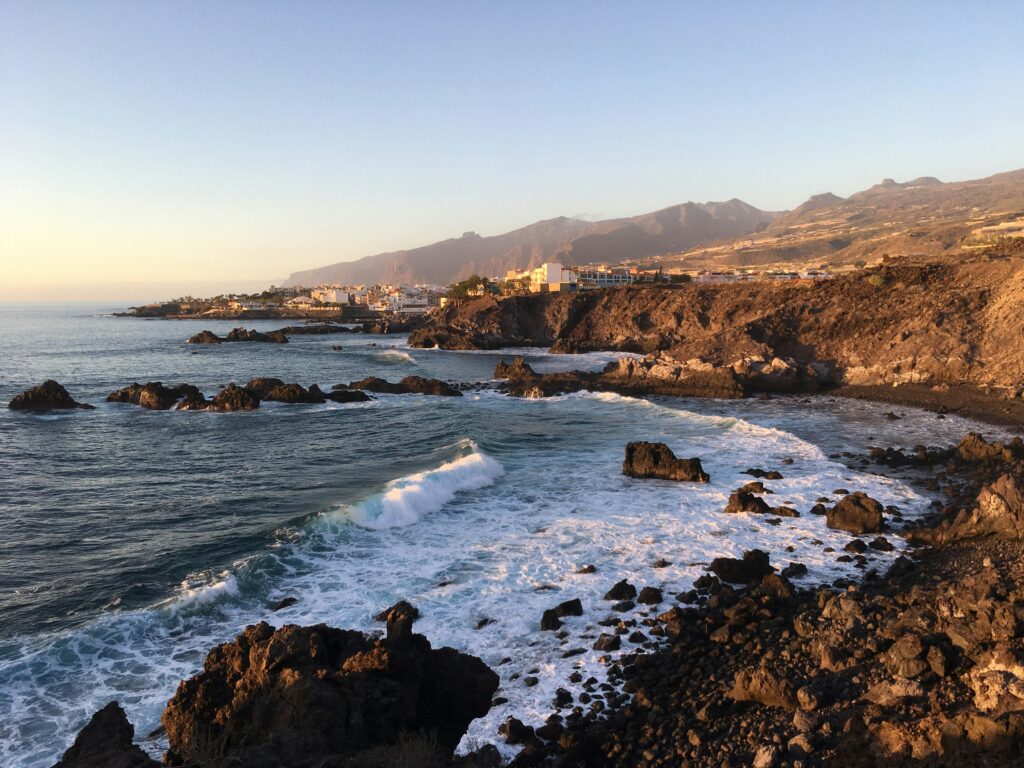As the New Year approaches, many travellers begin planning their next escape, and the Canary Islands remain one of the most captivating choices for winter sun. With their otherworldly volcanic landscapes, year-round warmth, and diverse wildlife both on land and at sea, the islands offer far more than beaches and resorts.
![]()
Beyond their dramatic scenery, the Canaries are home to an incredible array of species that exist nowhere else on Earth. It’s a living testament to their isolation and unique evolution.
Unique endemic land animals
Unlike many regions where mammals dominate, the Canary Islands’ most remarkable land creatures are reptiles, birds, and invertebrates. The islands’ separation from mainland Africa and Europe allowed these species to evolve independently, creating a miniature world of endemism.
One of the archipelago’s most famous residents is the Giant Lizard of El Hierro (Gallotia simonyi), a critically endangered species once thought extinct until its rediscovery in the 1970s. Its close relatives, the Giant Lizards of La Gomera and Gran Canaria, share a similar story, surviving as remnants of ancient reptile lineages that once roamed the prehistoric islands.
Rich marine ecosystem and cruise sightings
Surrounded by deep, nutrient-rich Atlantic waters, the Canary Islands boast one of Europe’s most biodiverse marine environments. These waters are a magnet for marine giants, making the region a premier destination for whale and dolphin watching.
Resident populations of Pilot Whales and Bottlenose Dolphins can be seen year-round, particularly in the channel between Tenerife and La Gomera, where calm currents create ideal conditions for these graceful animals.
Many cruise itineraries visiting the Canaries include special wildlife excursions. When booking your Canaries cruise online, you’ll often find guided boat trips led by local marine experts who follow strict environmental guidelines.
Sea life near the coastline
One of the Canary Islands’ most remarkable marine residents is the Angelshark (Squatina squatina). Once common across Europe, it is now critically endangered, with the Canaries remaining one of its last strongholds. These flat-bodied sharks camouflage perfectly against the sandy seabed, often spotted by divers lying motionless, waiting to ambush small fish.
The islands’ coastal waters are also home to Loggerhead Sea Turtles, seen gliding through the clear shallows, as well as a variety of rays, from the Common Stingray to the majestic Manta Ray, occasionally glimpsed by lucky snorkellers.
A living laboratory of nature
The Canary Islands are more than a destination for sunshine and relaxation. They’re a living laboratory of evolution, where species have adapted in extraordinary ways both above and below the waterline.
Whether you’re trekking through volcanic landscapes, exploring ancient forests, or spotting whales from the deck of a cruise ship, every encounter reveals another layer of the islands’ natural wonder.
So, as you plan your next adventure, consider the Canaries not just for their climate and culture, but for the incredible ecosystems that make them truly one of a kind.
